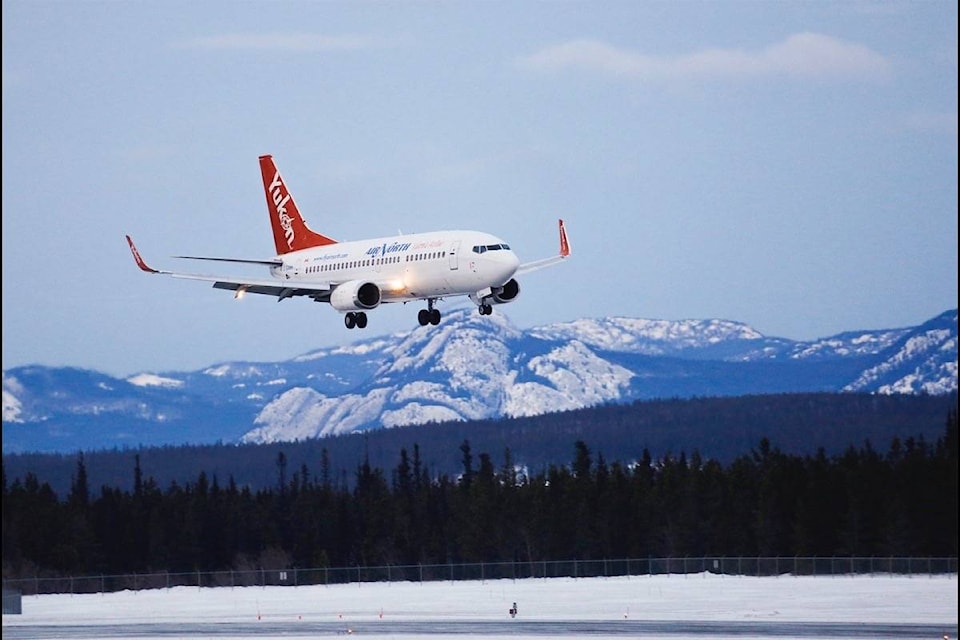UBCO engineers are taking their new technology to the world stage.
Last April, UBCO engineers announced that they created a new anti-ice coating that makes removing ice off any hard surface a breeze.
Now, the technology is being tested with Boeing at the National Reseach Council’s ice wind tunnel facility in Ottawa to see how durable the coating would be if applied to airplanes.
READ MORE: UBCO and Okanagan College team up for green construction centre
“The facility will create realistic ice conditions around how ice might form (on the coating),” said UBC assistant professor Kevin Golovin.
“If it’s promising, Boeing might pay for additional tests to be done.”
The technology works by helping cracks to form underneath the ice buildup. Once the crack forms, it helps to soften the surrounding ice and make it easier to dislodge from surfaces.
While the partnership is encouraging, Golovin said there’s still years of testing to be done before the coating could be applied on everyday airplanes.
Provided all the tests pass, Golovin said there’s one particular area that the coating could be applied to on airplanes.
“The coating would go on the leading edge on the planes wing,” said Golovin.
“That’s the first part of the plane that touches the wind while in operation.”
Golovin said the coating could be useful for any airplane flying in cold climates in Canada.
Car windshields and power lines are other potential things the coating could be applied to, Golovin said.
For more information on the project, you can visit UBCO’s website.
@connortrembley
connor.trembley@kelownacapnews.com
Like us on Facebook and follow us on Twitter.
